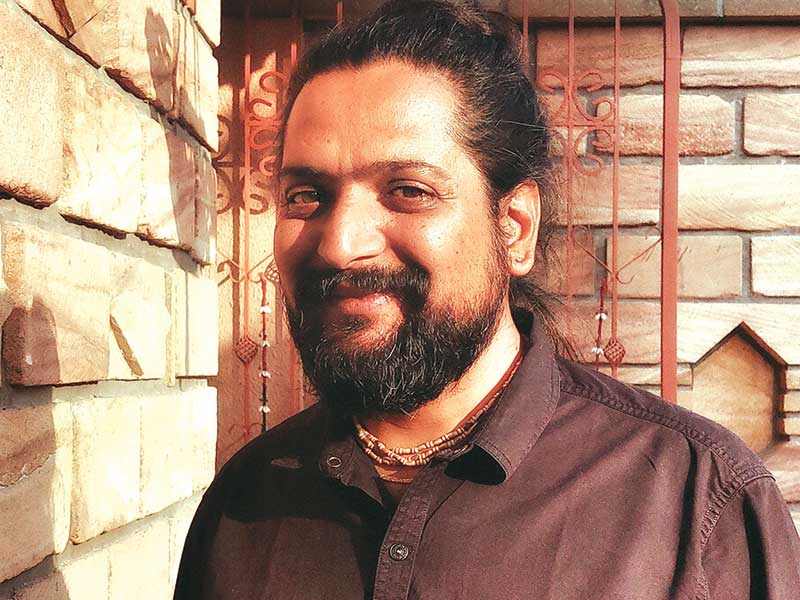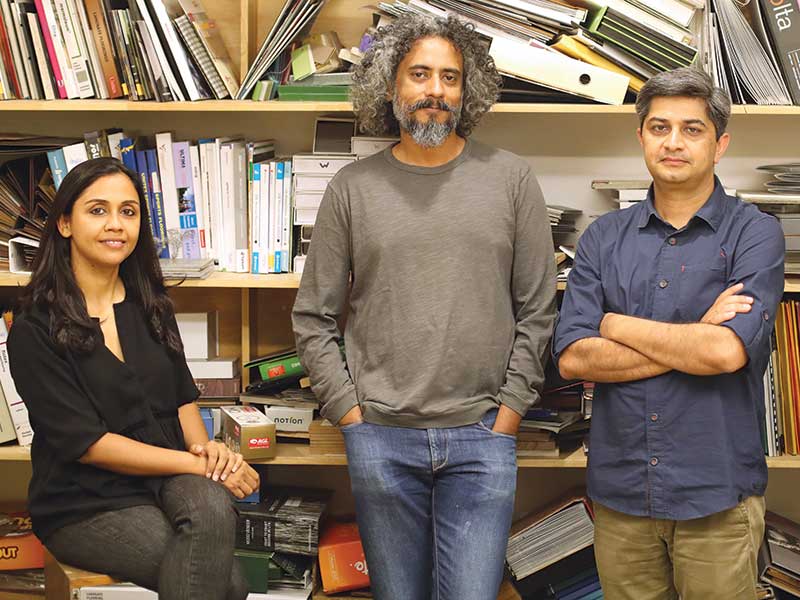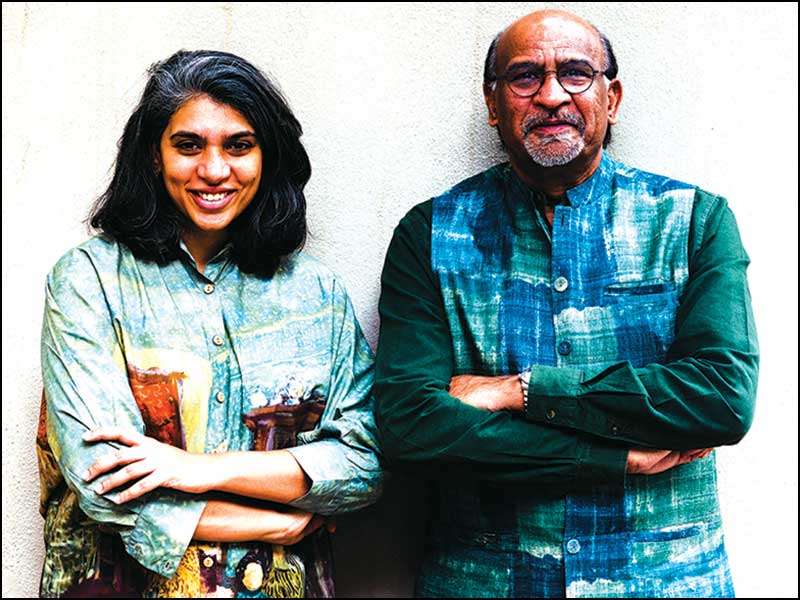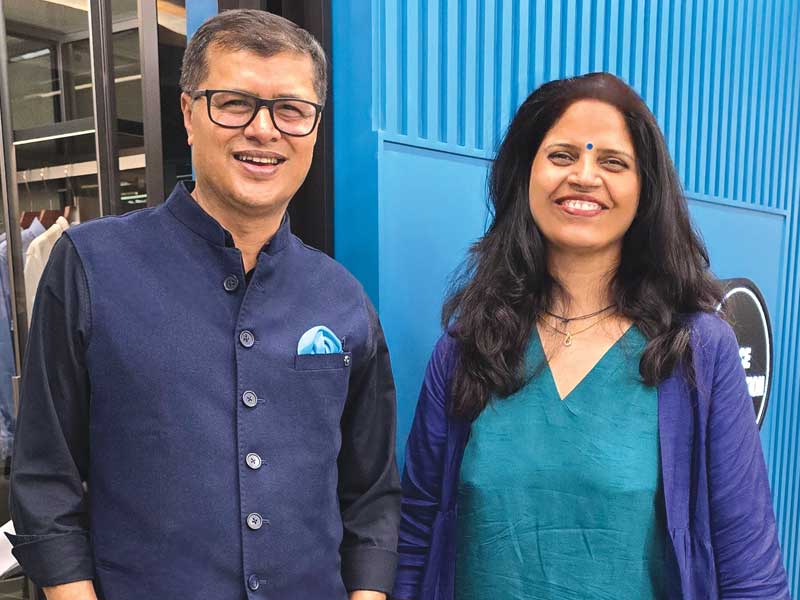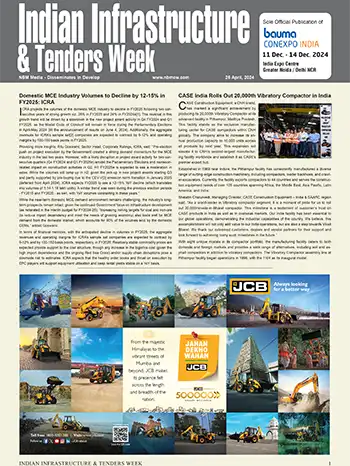
In fact, Indian architecture is changing rapidly, since the last two decades due to the increased use of the Internet. Young architects are more and more inclined towards modern/western architecture and seem to be moving away from traditional Indian architecture due to many reasons.
But now, Indian architecture is undoubtedly experiencing a transformative phase, with traditional wisdom running alongside contemporary design principles. There is a marked effort to create sustainable developments. At the same time, Indian architecture is embracing modernity while still holding on to its rich heritage. One can see more sustainable designs and smart cities cropping up. It’s a cool blend of old and new. It’s all about eco-friendly materials and reducing carbon footprints.
Indian architecture is blending traditional aesthetics with modern technology, creating unique sustainable buildings. Green roofs, solar panels and natural ventilation are becoming common. This transformation is reshaping the urban landscape. With rapid urbanization, architects are facing the challenge of preserving cultural identity while accommodating modern needs.
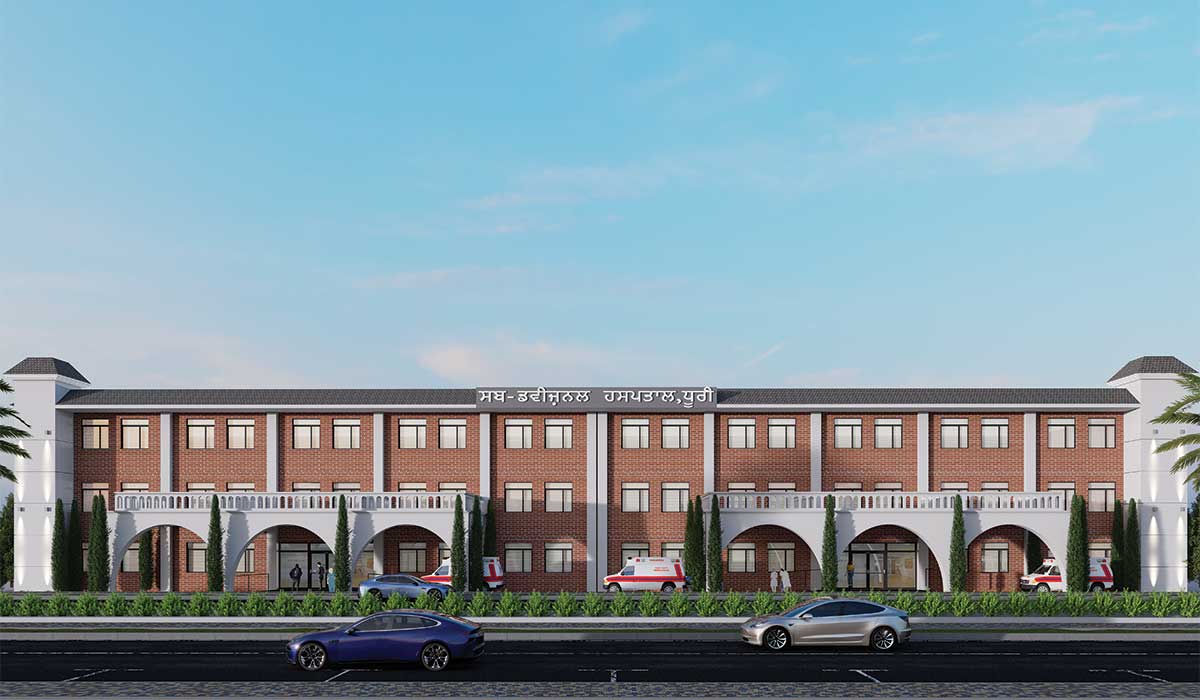
Regarding the strong relationships between ‘change’ and ‘transformation’, the connection of Zeitgeist to architecture has been dealt with in terms of the concepts which are evoked or emerged within the scope of this study. Additionally, there’s a growing emphasis on inclusive design, ensuring spaces are accessible to all.
As concepts of globalization, sustainability, ecological approaches and technology diversify the transformation circle and the subject matter of architecture. While every architectural product is fairly becoming the subject of change, all the products are tagged with various titles, periods and concepts under the influence of the transformation process.
The architecture profession in India is evolving in response to various global trends, technological advancements, and adapting to the needs of society that is becoming increasingly modern. India’s got some amazing examples, like the Pearl Academy in Jaipur with its cool passive cooling system, or the ITC Green Centre in Gurgaon that’s super energy-efficient. It’s all about eco-friendly materials and reducing carbon footprints.
The modifications implemented to the design concepts were obviously tied to the nature of their selection of methods of production. When compared to concrete nature concepts, abstract nature concepts were more vulnerable to transformations throughout the conceptual phase of the design.
New opportunities, adaptability and innovations are fast changing in architecture in multi-ways. In conclusion, Indian architecture is undergoing a transformative journey, blending traditional elements with modern innovations, shaping vibrant spaces that resonate with rich cultural heritage of India.


